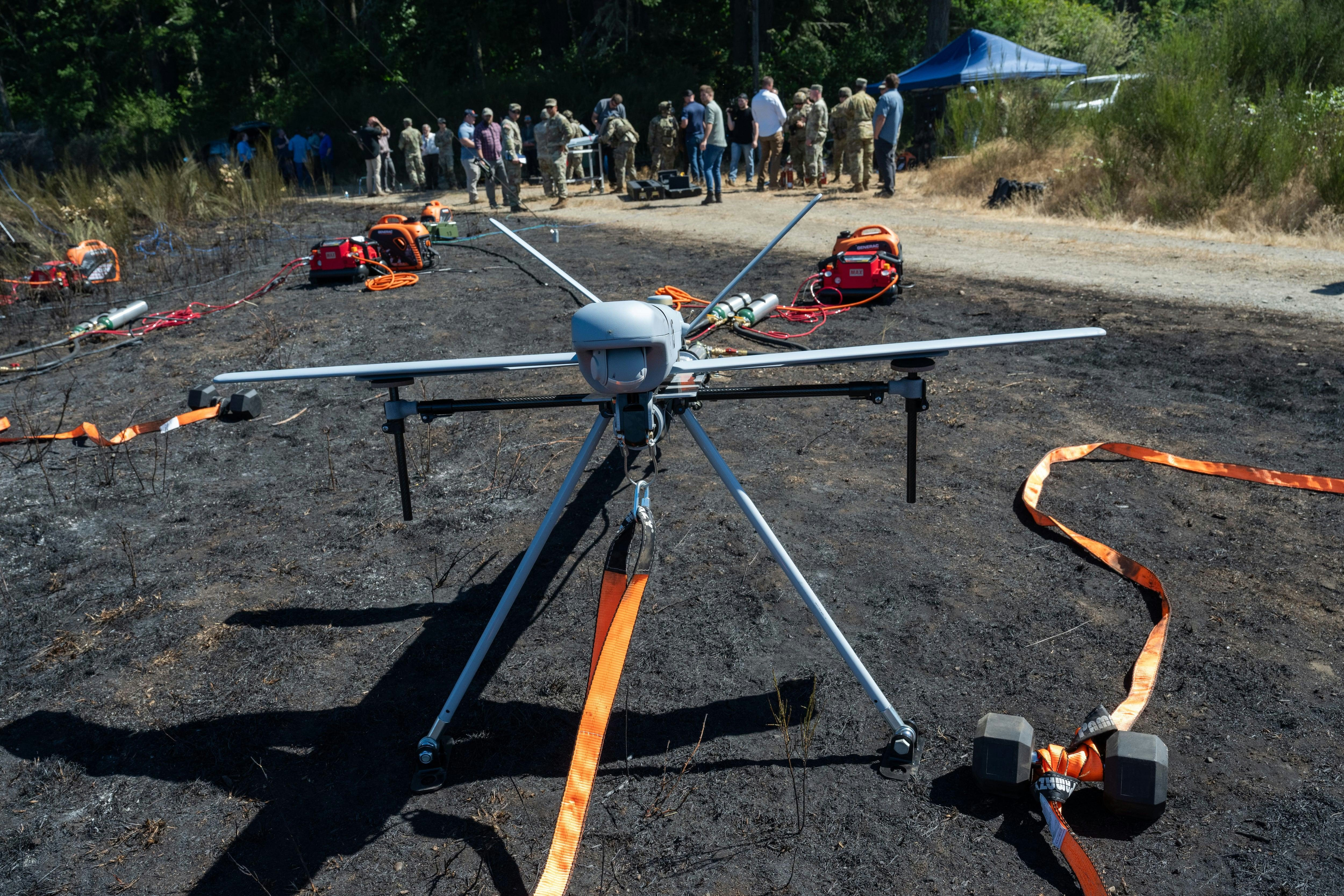
AeroGenie — Your Intelligent Copilot.
Trending
Categories
Data Centers Use Jet Engines on Trailers to Meet Growing AI Power Demand
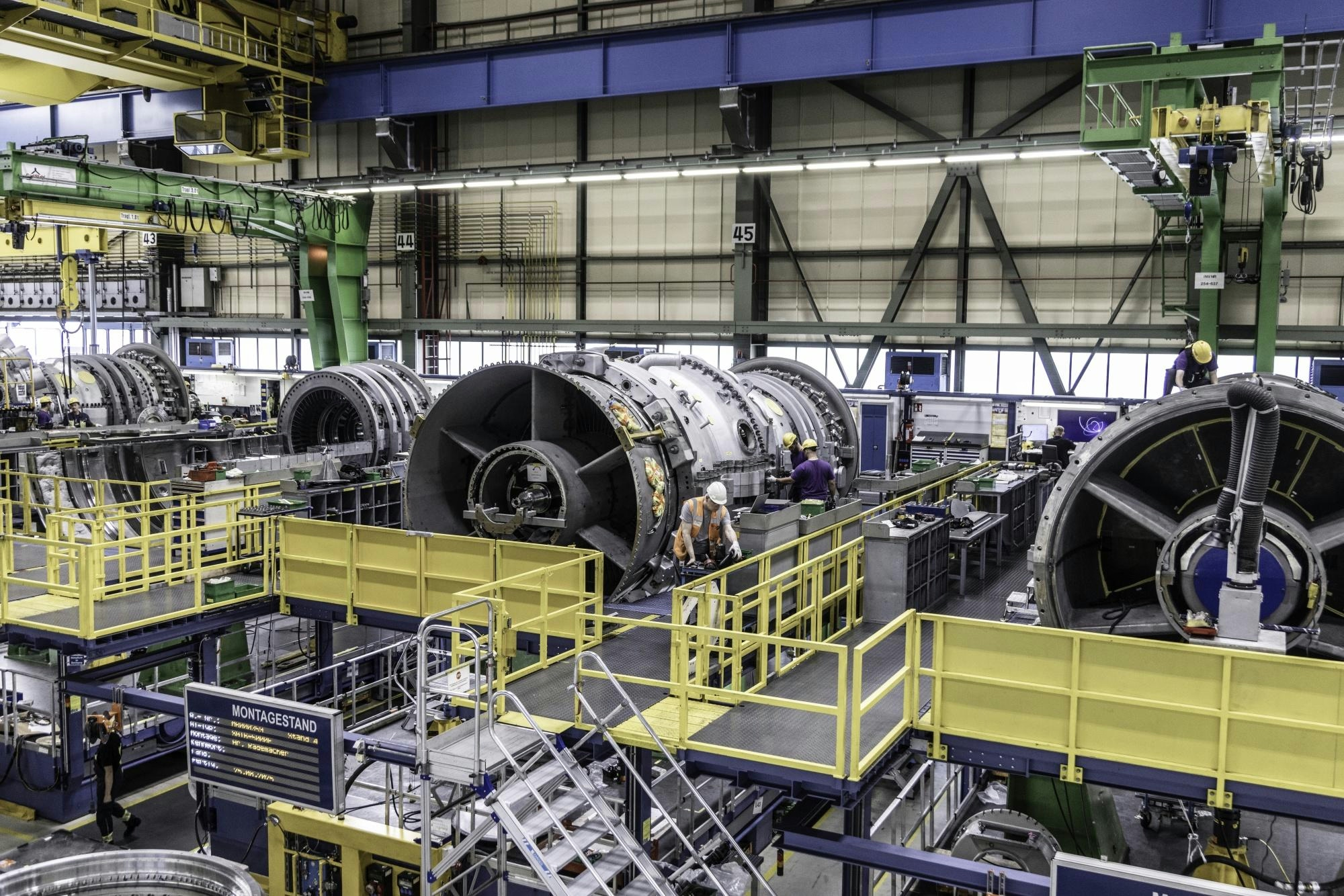
Data Centers Turn to Jet Engine Generators Amid Soaring AI Power Demands
As artificial intelligence workloads continue to drive unprecedented electricity consumption, U.S. data center operators are increasingly adopting an unconventional solution to address persistent delays in securing new grid connections: jet engines mounted on trailers. This approach, primarily seen in Texas and other key technology hubs, involves the deployment of aeroderivative gas turbines—retired commercial aircraft engines repurposed as mobile power generators—to sustain critical AI infrastructure.
Jet Engines as Mobile Power Plants
These aeroderivative turbines, derived from General Electric CF6-80C2 and LM6000 cores originally used in Boeing 767s and Airbus A310s, are now offered by vendors such as ProEnergy and Mitsubishi Power. Each modular unit can generate up to 48 megawatts, sufficient to support large AI clusters, and can be activated within minutes to respond to sudden surges in demand. Mitsubishi Power’s FT8 MOBILEPAC, based on Pratt & Whitney jet engines, provides comparable output in a compact and rapidly deployable format.
While these “bridging power” units are neither the most cost-effective nor the cleanest energy sources—operating in simple-cycle mode and typically fueled by diesel or natural gas—they serve as vital stopgap measures amid the slow expansion of grid capacity. Retrofitting legacy data centers to accommodate the immense power requirements of AI systems can take up to 18 months and demands significant upfront investment, further underscoring the need for temporary solutions.
Implications for the Energy Landscape
Jet-derived turbines have a long history in military and offshore drilling applications, but their widespread use in data centers signals a new phase in the U.S. power sector. The trend highlights the increasing strain on electricity supplies. For instance, OpenAI’s parent company is installing nearly 30 LM2500XPRESS units at its Stargate facility near Abilene, Texas. Each unit delivers up to 34 megawatts, enabling the rapid cold-start of servers in under ten minutes.
However, these turbines prioritize speed and flexibility over thermal efficiency. Unlike combined-cycle plants, they do not capture waste heat, resulting in lower overall efficiency. Most units depend on fuel delivered by truck and require additional emissions controls to comply with environmental regulations.
The rapid expansion of AI is also prompting broader shifts within the energy industry. Utilities are exploring distributed energy resources such as virtual power plants (VPPs) to manage the growing demand from data centers. Concurrently, some competitors are investing in greener alternatives, including fuel cells and sustainable building materials, aiming to balance the need for reliable power with environmental sustainability.
Despite the urgency driving this rapid buildout, risks remain. Should the AI growth slow or stall, utilities that have heavily invested in new generation and infrastructure could face a sudden decline in demand. For the time being, however, with some utilities quoting lead times of five years or more for new grid connections, stopgap power generation—including jet engine turbines—appears poised to play an increasingly prominent role in sustaining the AI revolution.

United Airlines Flight Returns to Dulles After Engine Failure on Takeoff

United Airlines flight makes emergency landing at Dulles after engine failure

The Impact of the New Air Force One’s Delayed 2028 Arrival on Aviation and Travel

United Airlines Restarts Controversial AI Scheduling for Flight Attendants
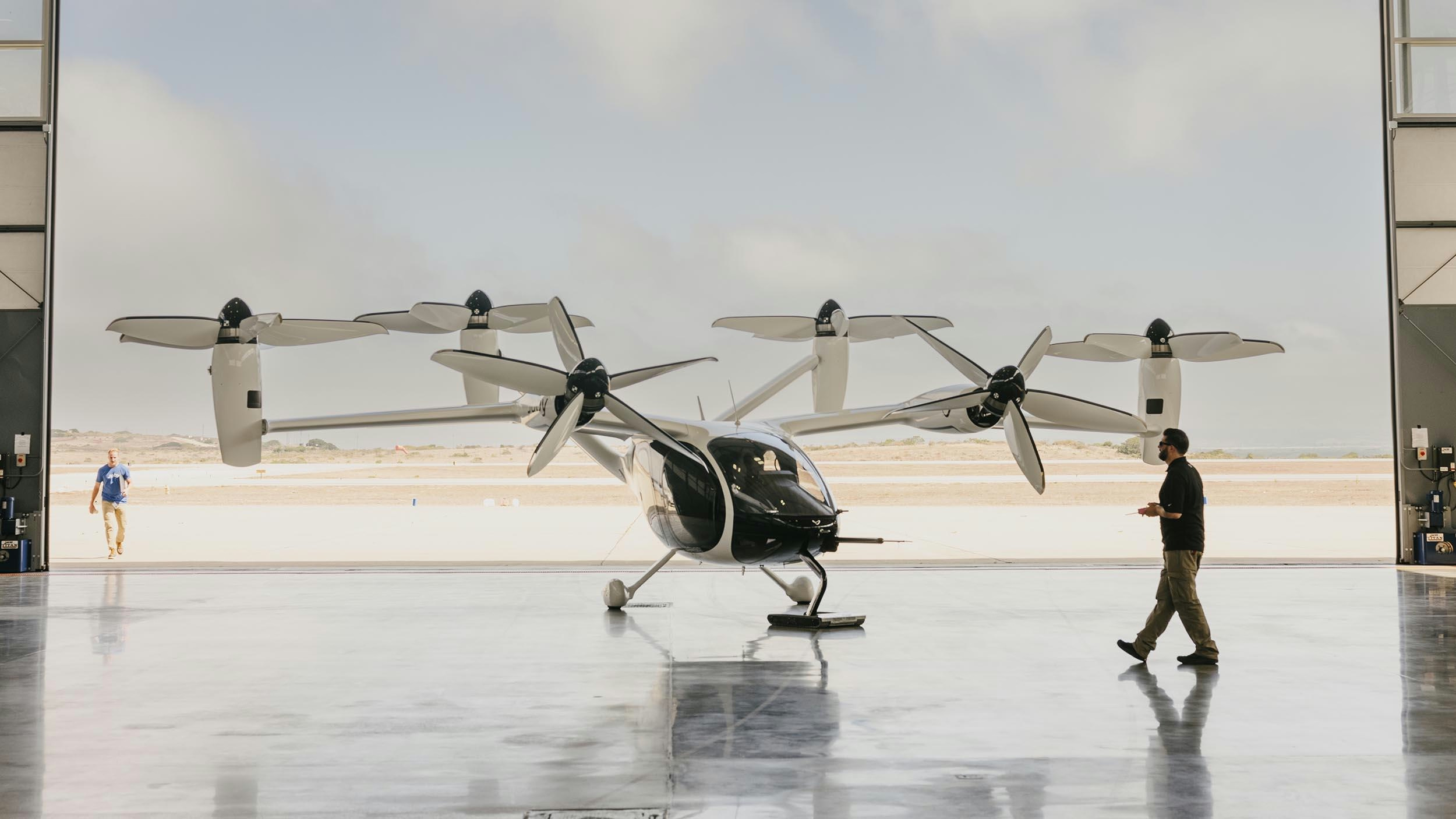
Joby Aviation’s Air Taxis Poised to Change Urban Travel and Tourism

BA Chief Warns AI Agents May Diminish Brand Visibility
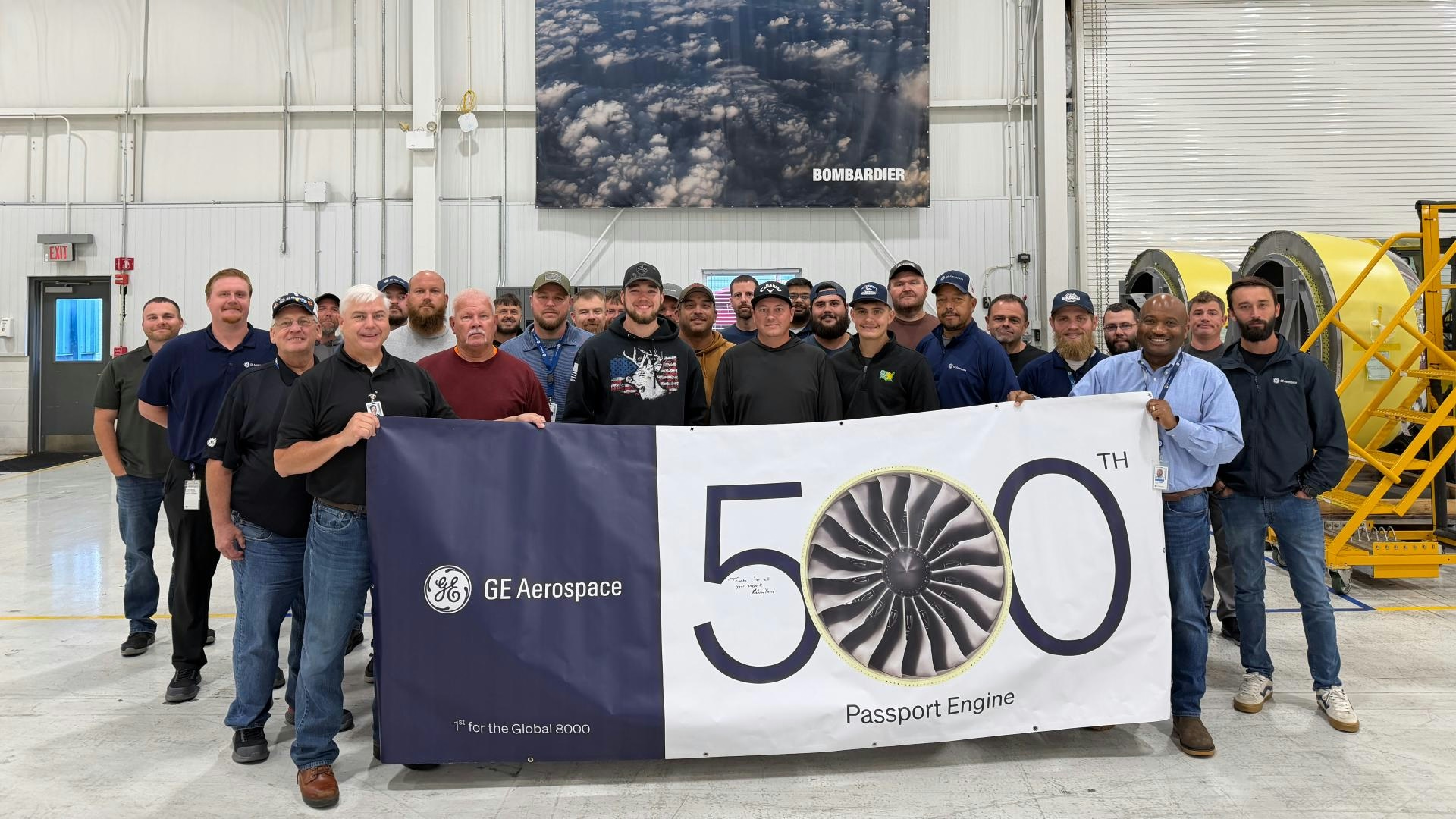
How GE Is Meeting Global Jet Engine Demand

IATA Projects Airline Profits of $41 Billion in 2026
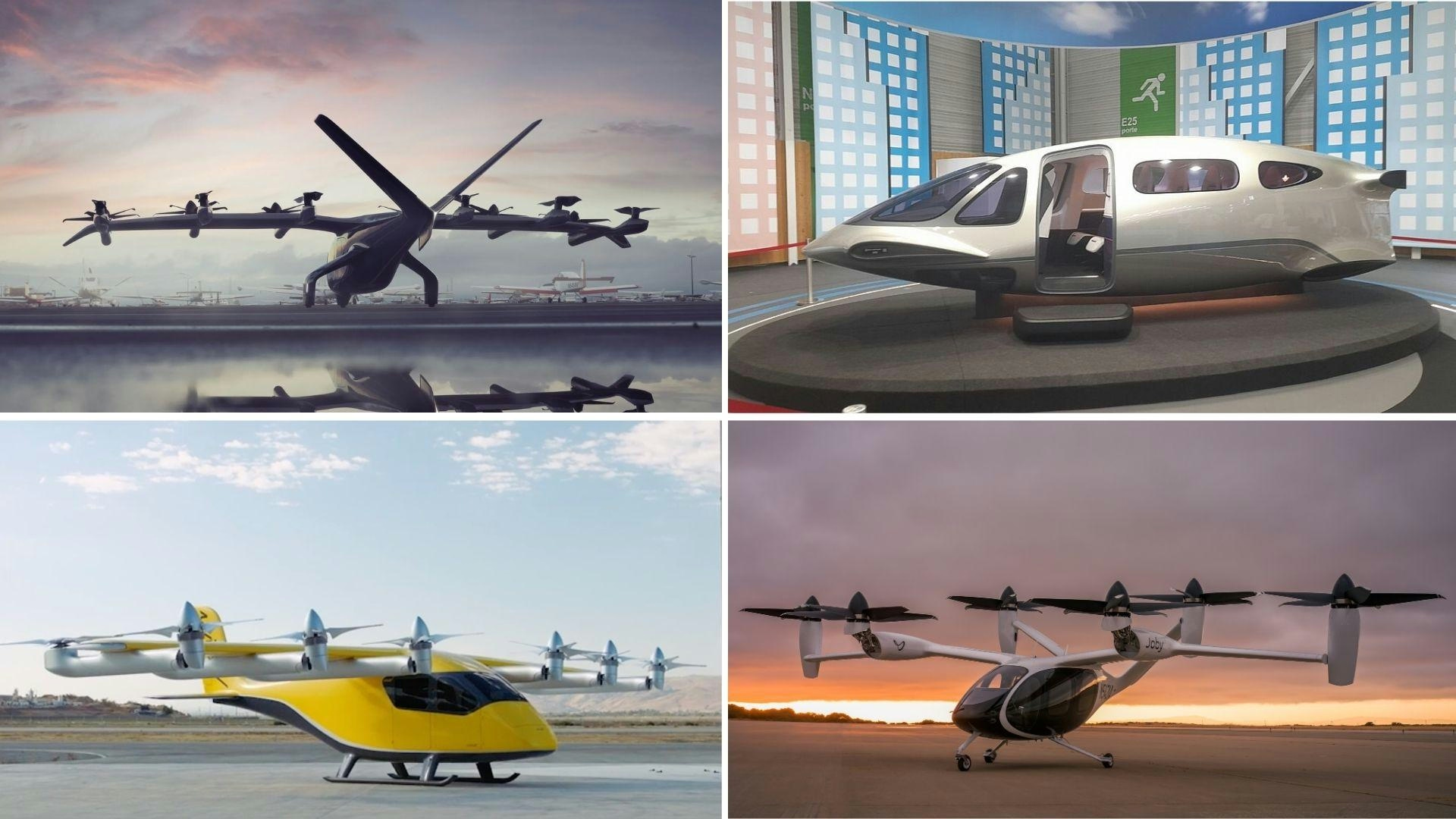
Five Air Taxis Poised to Shape Urban Mobility by 2026
